The Chōshū Five: makers of modern Japan
160 years ago, five intrepid Japanese noblemen stowed away on a ship bound for London to gain an education at UCL. Their journey changed Japanese society forever and ignited an enduring relationship between UCL and Japan
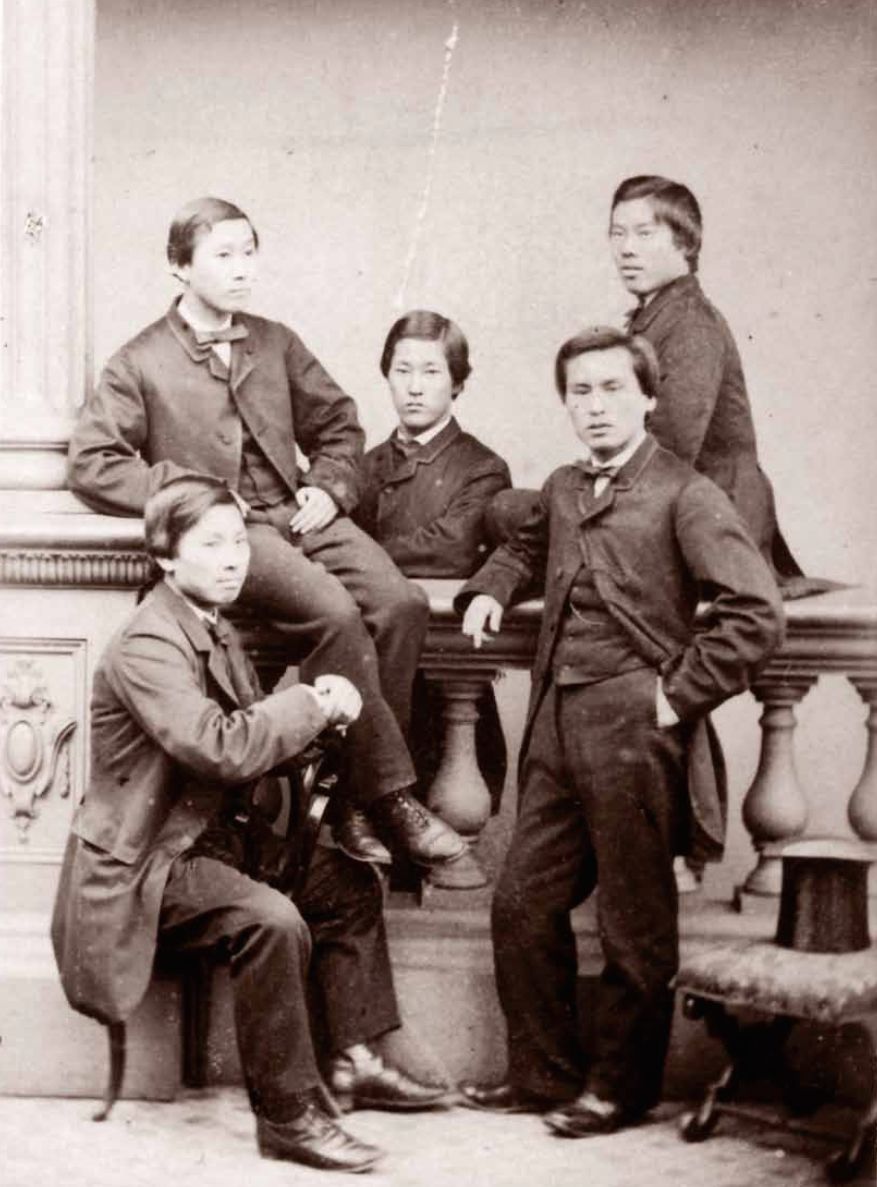
As London’s Global University, each year UCL becomes home to students and staff from across the world, and Japan forms an integral part of this international community. Today, UCL has over 240 Japanese students – the largest Japanese student community of any UK university (source: HESA 2021/22) – and more than 60 staff. There are more than 2,700 UCL alumni living in Japan, and the university engages in innovative collaborations with many Japanese universities and other institutions.
The strong links – or tsunagari – seen between UCL and Japan today have deep roots tracing back 160 years to when UCL welcomed five young noblemen from feudal Japan to study within its walls. These five men from the Chōshū Domain (currently Yamaguchi prefecture) would become known as the Chōshū Five.
The Chōshū Five were not only the first Japanese students to enrol at UCL but the first Japanese students to travel overseas to pursue an education. Upon their return home, the Chōshū Five went on to form the core of a new Japanese government, leading the nation's transformation from an isolated state to one of the world's foremost technological powers.
From the circumstances surrounding their departure from Japan to the roles they played in shaping the future of their home country, the story of the Chōshū Five is a fascinating one and provides a unique insight into the complex relationship between Japan and the West in the 19th century – and how UCL’s history is intimately bound up in the history of modern Japan.
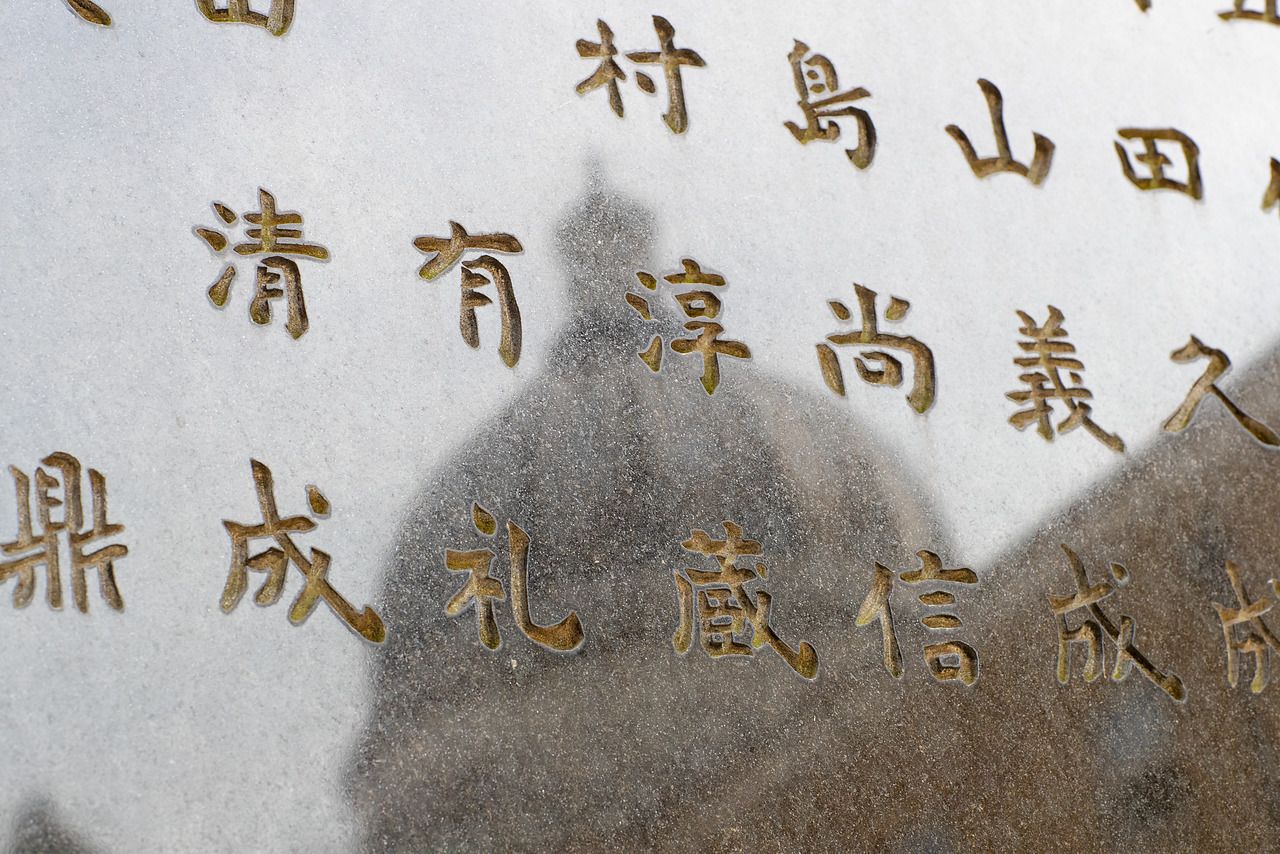
Alongside the Chōshū Five, famous UCL alumni from Japan include former Prime Minister Junichiro Koizumi, Natsume Soseki (renowned Japanese novelist and scholar of British literature) and Arinori Mori (first Japanese Ambassador to the USA and founder of Japan's modern educational system as Minister of Education).
The UCL Union Japan Society is open to all students and offers a variety of activities and events, including educational activities such as Japanese language lessons and cultural events including regular Japanese nights. The society also offers social meetings for all students, providing an opportunity to learn more about the Japanese culture.
Times of turmoil
Before dawn on 27 June 1863, a ship set sail from the city of Yokohama in Japan to Shanghai. On board were a group of five young Japanese men: Itō Hirobumi, Inoue Kaoru, Endo Kinsuke, Inoue Masaru and Yamao Yōzō. Their journey to Shanghai, where they would arrange onward travel bound for London, required the greatest levels of secrecy as Japan’s seclusion policy (called sakoku or 'closed country’) regarded any attempt to leave the country as an illegal offence. As the five young men would write in a letter to the governing council of their domain: “We are well aware of the gravity of our action. We took this decision knowing that our illegal act deserves the death sentence.”
To ensure they would reach their destination, they cut their topknots, changed into western clothes and hid themselves in a coal bunker aboard the ship to avoid discovery. These actions were a source of humiliation for each member of the group, particularly as at the time the five were firm supporters of anti-foreign movements centred on the slogan sonnō jōi, meaning ‘revere the emperor and expel the barbarians’.
What was driving these men to take these clandestine actions that were so at odds with their political beliefs? The answer lies in their desire to help late-Edo period Japan modernise. If they could go abroad to study and learn about the customs and technology that produced the west’s powerful ships and weapons, they could then help their country to compete with western powers.
Once a time of peace and prosperity, by the early 1860s Japan’s Edo period had become defined by political and economic challenges, as well as strained international relations. Western influence was expanding across Asia and Japan was feeling the weight of intense pressure from nations including Britain, the United States, France and Russia. Foreign settlements emerged in port towns such as Yokohama and Nagasaki, as foreign merchants flocked to these port towns in search of business opportunities. These powerful countries, backed by military might, were pushing Japan to embrace free trade; the men from Chōshū believed the outside world held the key to Japan’s future success.
A journey into the unknown
In the late nineteenth century, Britain was the world’s leading naval power, which made it the natural destination for the Chōshū Five. In Shanghai, they divided into two groups for their voyage into the unknown. The journey, aboard two tea clippers, took several months and they had to endure uncomfortable conditions. Ito Hirobumi and Inoue Kaoru – who would later become two of the most influential Japanese statesmen of the time – worked as deckhands on the ship.
When they arrived in London in early November 1863, they were met with the alien sights and smells of a country at the height of the industrial revolution. “Three- or five-storey buildings were lined up, trains were running in all directions, dark smoke from factories billowed high in the sky…These prosperous sights made me feel dazed,” Inoue Kaoru later wrote in his autobiography.
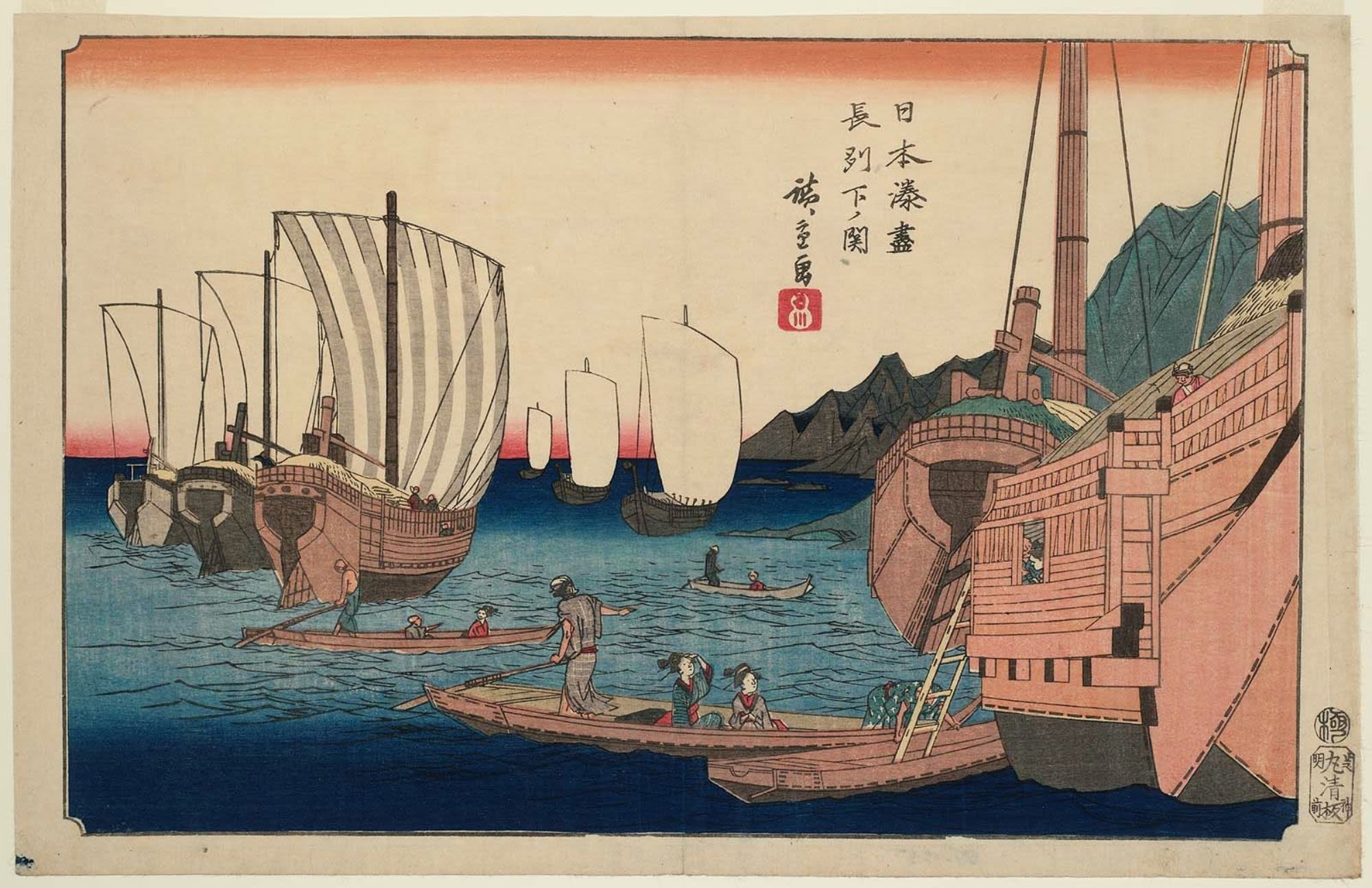
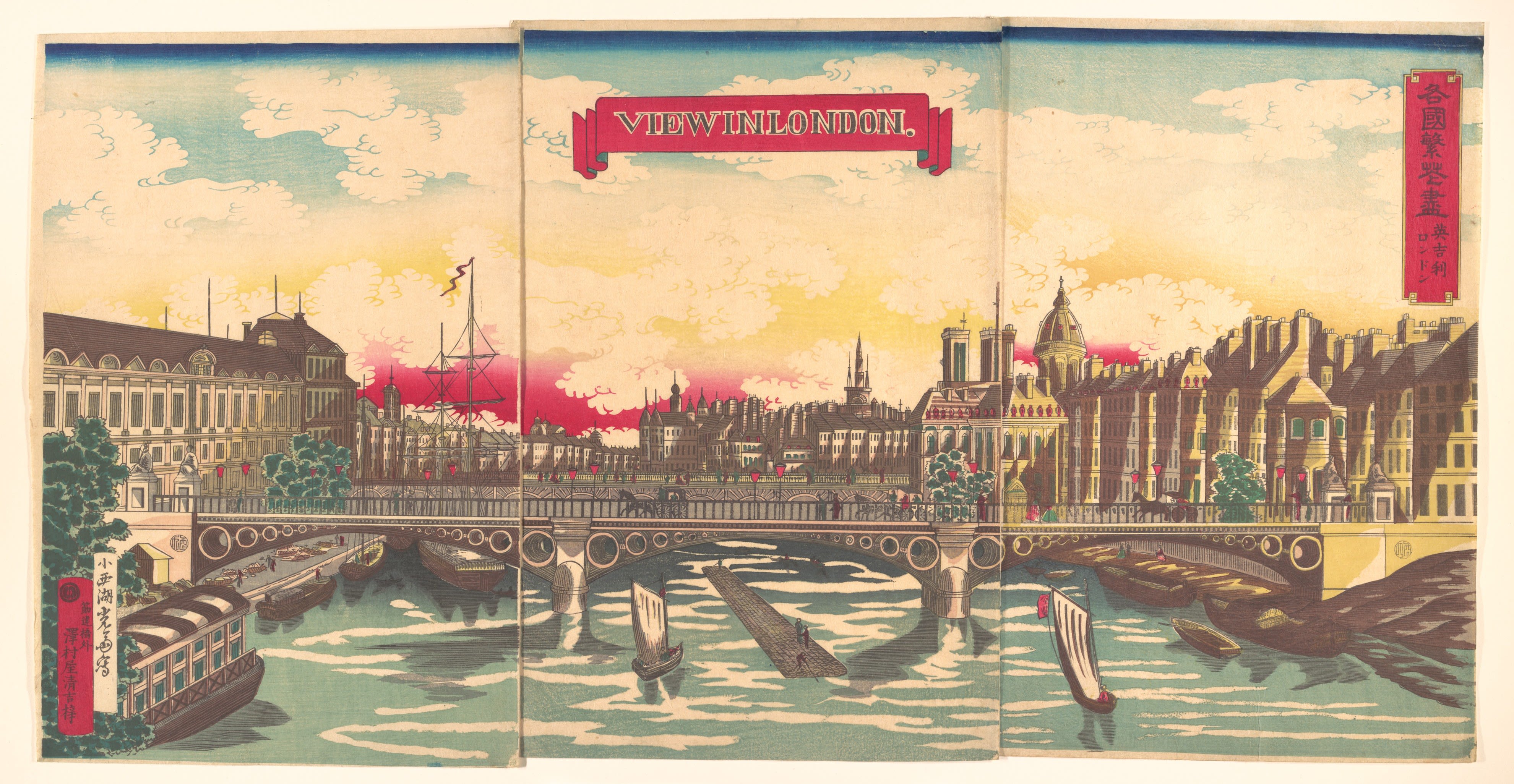
A UCL education
A fortuitous introduction in London soon led to their enrolment at UCL, which, with its radical and progressive ethos, was the only English university open to people of all nationalities and religions at that time. There, the five were placed under the guardianship of a distinguished chemistry professor named Alexander Williamson. At the time of his introduction to the Chōshū Five, Professor Williamson held the prestigious position of President of the Chemical Society of London, the highest post in British chemistry, and was known for his 'cosmopolitan outlook'.
Alexander Williamson, along with his wife Emma Williamson, took the young men from Japan under their wing, providing them with housing and helping them settle into life in London. The Chōshū Five were admitted to UCL as ‘students not matriculated’ in the Faculty of Arts and Laws, where they chose to study analytical chemistry, a subject taught by Professor Williamson. They immersed themselves in their studies, spending much of their time in Professor Williamson’s laboratory. In Professor Williamson's class, students gained practical knowledge by combining traditional chemistry lectures with hands-on laboratory experience. This approach enabled them to apply principles of chemistry to various fields such as industrial technology, medicine and agriculture.
The Chōshū Five’s education extended beyond the confines of the classroom too. With the help of the Williamsons, they visited museums, art galleries, shipbuilding yards, factories, banks and industrial plants, acquiring a deep understanding of western modern technology, commerce and governance.
As their knowledge grew, the men’s beliefs underwent a significant transformation. Initially, their purpose for coming to Britain had been to acquire knowledge of modern technology and naval strategy, aiming to safeguard Japan by keeping western powers at bay. Thoughts of sonnō jōi ('revere the emperor and expel the barbarians') soon faded from their minds, however. They believed that for Japan to genuinely modernise, survive and prosper, it needed to change its approach, embrace outward perspectives and assert itself on the international stage alongside western powers. United by a shared vision of a modern Japan, they agreed that upon their return home, they would advocate for opening up the country.
Meiji modernisers
After going their separate ways, two of the Chōshū Five – Ito Hirobumi and Inoue Kaoru – returned to Japan in April 1864 over fears that their domain would go to war, while the others stayed at UCL to complete their studies. By 1868, all five had returned home. Re-entering Japanese life with their new knowledge, the men played leading roles in the Meiji Restoration: a period that toppled the feudal regime and propelled Japan into the modern era. In fact, the five men are regarded as ‘founding fathers’ of modern Japan.
Ito Hirobumi went on to be Japan's first Prime Minister and became known as ‘the Father of the Japanese Constitution’. Inoue Kaoru became Japan’s first Foreign Minister and has been called ‘the Father of modern Japanese diplomacy’. Inoue Masaru was dubbed ‘the Father of Japanese railways’, Endo Kinsuke as ‘the Father of the modern Japanese mint’, and Yamao Yōzō as ‘the Father of Japanese engineering’. Yamao also introduced sign language into a governmental education system.
All of the Chōshū Five played central roles in a new government tasked with transforming Japan from an isolated, inward-looking state. Their understanding of the west became the foundation for Japan’s modernisation, and in only 40 years, the country emerged as one of the world’s foremost technological superpowers.

Professor Alexander Williamson. Image: UCL Records
Professor Alexander Williamson. Image: UCL Records
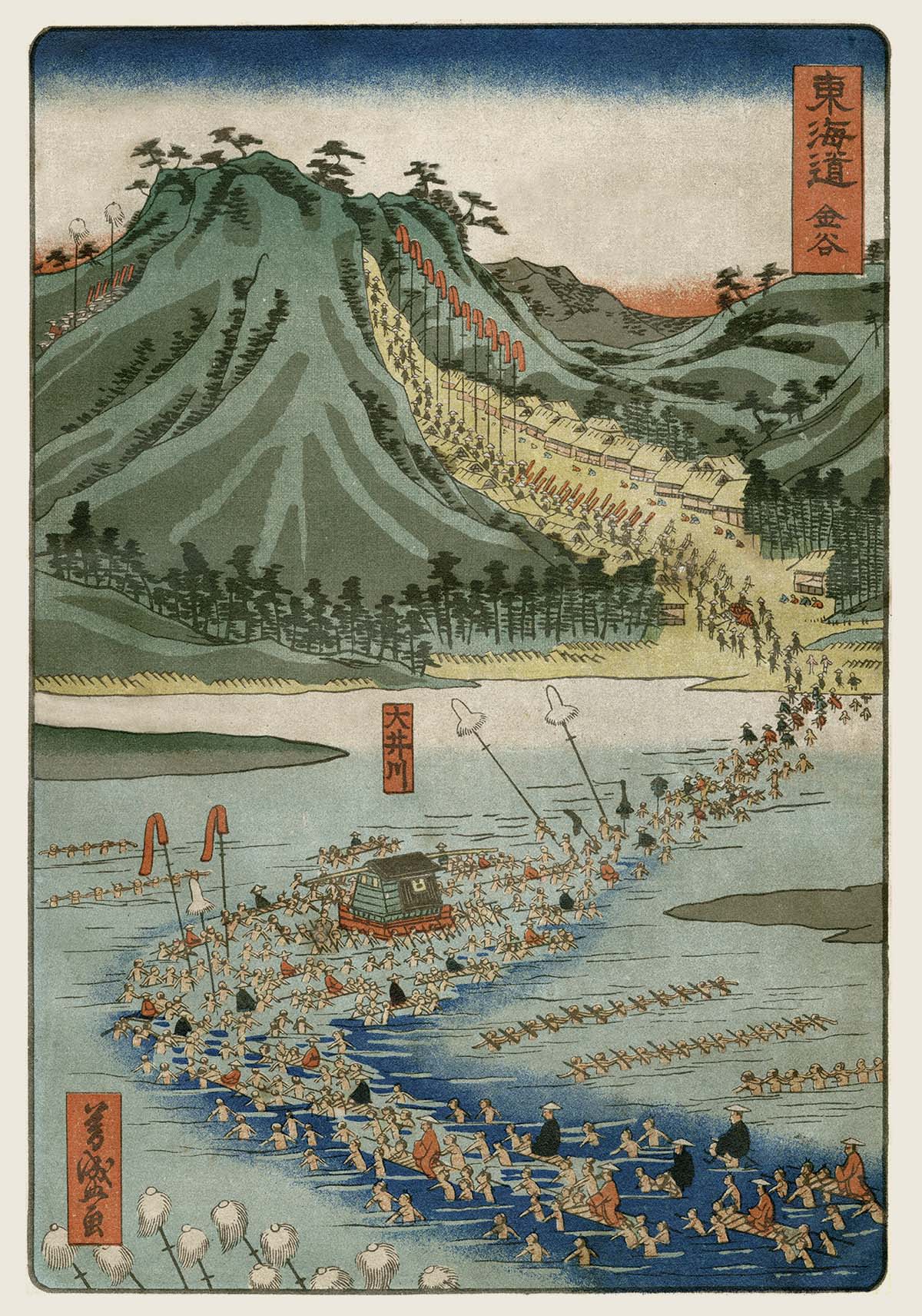
Shōgun Tokugawa Iemochi (who held office from 1858 to 1866) is pictured travelling to the imperial court in Kyoto to discuss how 'foreign barbarians' should be expelled. Image: Utagawa Yoshimori.
Shōgun Tokugawa Iemochi (who held office from 1858 to 1866) is pictured travelling to the imperial court in Kyoto to discuss how 'foreign barbarians' should be expelled. Image: Utagawa Yoshimori.

A portrait of Itō Hirobumi on a ¥1,000 note.
A portrait of Itō Hirobumi on a ¥1,000 note.
160 years later
Today, 160 years after the Chōshū Five first joined as students, their legacy still resonates in the UCL community. In July 2023, the UCL Japan Club, which was founded in 1992 to keep alumni across Japan connected, held their annual alumni party in celebration of these pioneering Japanese students.
In both March and early October 2023, UCL delegates embarked on visits to Japan, where they engaged with longstanding partners in higher education, industry, and government. Embracing the same radical spirit as the Chōshū Five, UCL has established unparalleled collaborations with Japanese institutions, collectively addressing some of the world's most pressing challenges, from dementia research to disaster management.
The university also stands as the UK's leading producer of collaborative research papers with Japan, including with top higher education institutions like Osaka and Tohoku Universities. Similarly, partnerships with Japanese businesses, including HORIBA, Toyota, Eisai, and Santen, continue to drive innovation across diverse fields such as advanced propulsion, neurodegeneration, and ophthalmological diseases.

In April 2022, UCL President & Provost Dr Michael Spence welcomed His Excellency Hajime Hayashi, Ambassador of Japan, for a special event celebrating the university’s varied and impactful work with the country. The focus point of the event was the formal unveiling of Bouke de Vries’ sculpture, Fragments of Memory, inspired by the Choshu Five and UCL EPICentre’s research on the resilience of communities and the built environment to natural hazards.
In November 2022, the Government of Japan awarded former UCL President & Provost Professor Sir Michael Arthur the Order of the Rising Sun, Gold and Silver Star in recognition of Professor Arthur’s significant contribution to promoting academic exchange and mutual understanding between Japan and the UK.
These many connections, both old and new, continue to deeply bind UCL and Japan together – and will do so for the next 160 years.
But the most tangible recognition of the impact of the Choshu Five on UCL’s relationship with Japan is the Japan Monument. The monument, which symbolises UCL’s significant friendship with Japan, was unveiled by the Japanese ambassador to the UK in September 1993. It is situated in the garden between the UCL Student Centre and the South Cloisters in the Wilkins Building, flanked by cherry blossom trees donated to UCL through the Sakura Cherry Tree Project
One side of the monument bears inscriptions of the names of the Chōshū Five and of 14 Japanese students of the Satsuma clan, who came to UCL in 1865. The other bears a fitting haiku:
はるばるとこころつどいてはなさかる
(Harubaru to kokoro tsudoite hana sakaru)
‘When distant minds come together, cherries blossom’
Learn more about UCL and Japan:
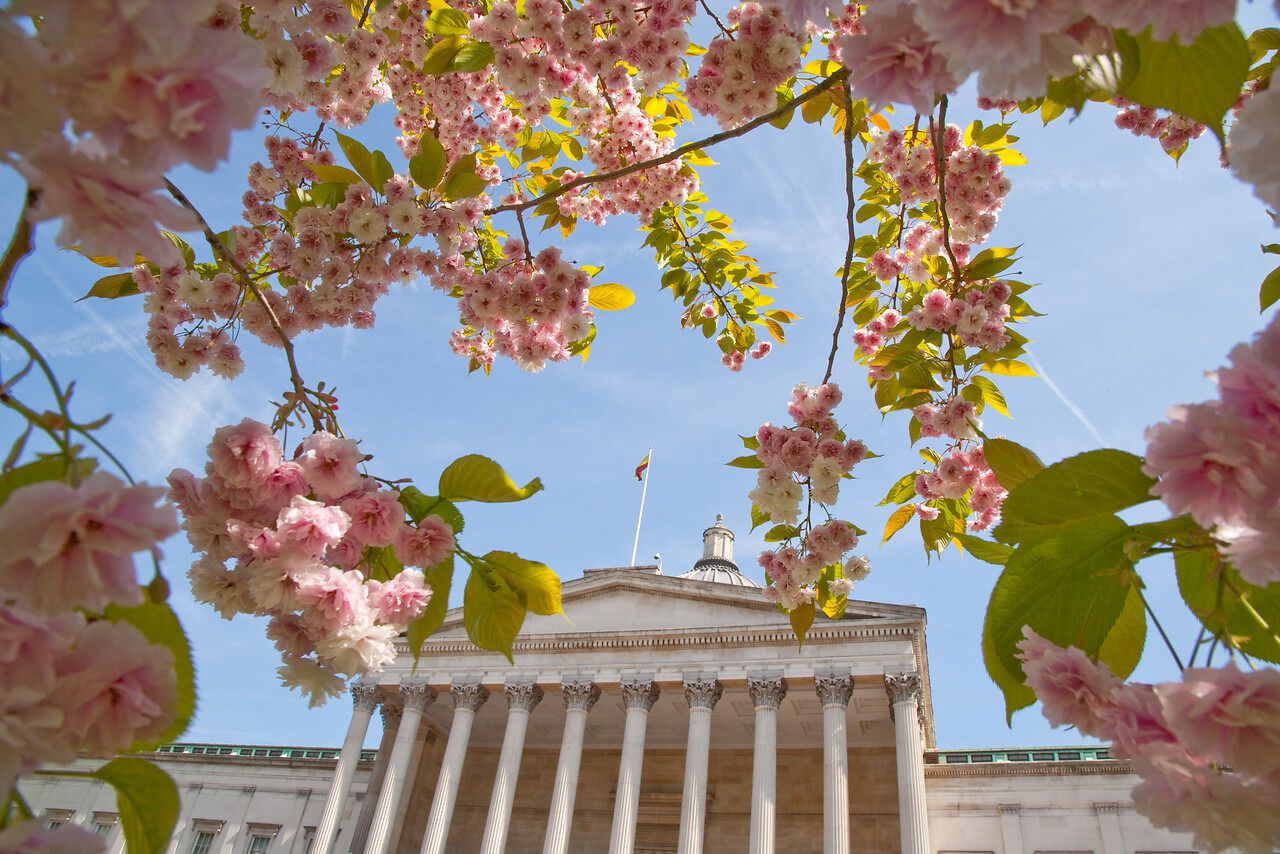
Portico magazine features stories for and from the UCL community. If you have a story to tell or feedback to share, contact advancement@ucl.ac.uk





